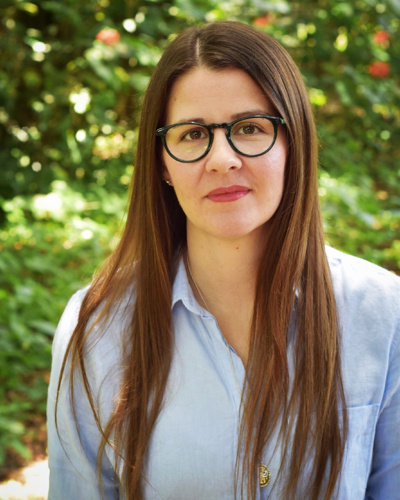
“I’m interested in working in so many different capacities and I think that’s how I’ll always work. I want my brain to be stretched out like taffy and in a lot of different directions. I want to be constantly thinking and re-thinking about how to engage with language and text.”
Kristen Arnetts mentioned in this interview:
Kristen Arnett, 7-Eleven connoisseur
Kristen Arnett, pet wrangler
Kristen Arnett, championship shitty beer drinker
Kristen Arnett, novelist
On a quiet evening in Central Florida last October, Kristen Arnett and I walked round a small neighborhood lake ringed by large, gaudy houses. There was water and memory in the air. We took turns talking about the sites of our respective childhoods, the messiness of remembered experience, how fickle the process of being recognized and published and known can be when such things can often feel anathema to the actual work of writing.
It is not easy to talk, think, or write about being from a place, to delineate the features and experiences that render such a belonging as authentic and reproducible for tourists. It requires writers to craft a taxonomy of destinations and ideal times of day in which to visit those destinations and to cleave off smaller, finer details in order to reveal an easier shape to grasp. This knowledge has always been true to those of us who hail from disposable places, entertainment centers and family getaway destinations, seemingly ugly and diverting locations where part of tourists’ pleasure comes from being glad they don’t live there.
Kristen and I met during 2018’s Believer Festival, which was held in Las Vegas, where I’m from, and where brief conversations about what it means to grow up and live in such places became the catalyst for further conversations. A lot (justifiably) has been written about Kristen’s agile sense of humor, her earnestness, the dexterity with which she renders the world around her. When she invited me to come see her in Orlando at the end of the festival, and when she reiterated that she was serious about it, Kristen then excitedly and spontaneously organized a reading for both of us to speak at in her hometown. She read some of her older work along with an excerpt from her new novel Mostly Dead Things, published at the beginning of June, a visceral and writhing piece of writing that melds the queer, the irreverent, and the personal. In April, I spoke to Kristen over the phone about her influences, her daily life as a librarian and a writer, and what drives her curiosity.
—Nicholas Russell
I. Pun Intended
THE BELIEVER: What do...
You have reached your article limit
Sign up for a digital subscription and continue reading all new issues, plus our entire archives, for just $1.50/month.
Already a subscriber? Sign in




